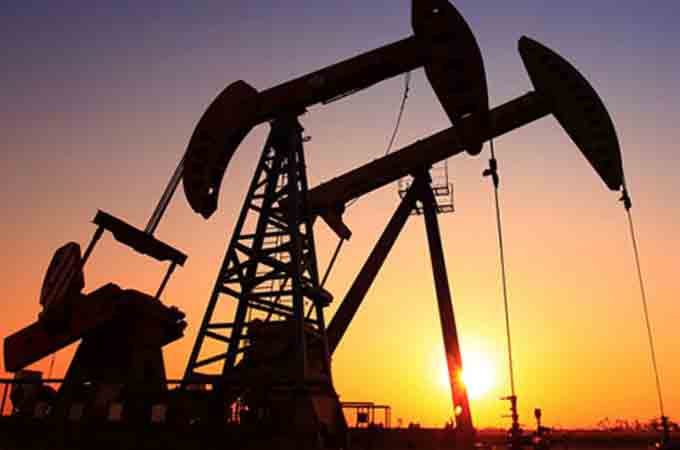Brent spreads remain steady at approximately $1/bbl. Who knows where fair value is right now, particularly as the situation in the Middle East is still pretty precarious, said leading commodity market intelligence firm Sparta.
But current OECD inventory levels suggest this tight market will keep rolling on until something material changes about the general trajectory of supply & demand, it stated
Opec’s next meeting is July 6 and there is already speculation over another mammoth hike.
The group will “need to” pony up the barrels in a way the market can easily see, i.e. sustained higher exports, remarked Neil Crosby, an experienced energy market and commodity analyst, at Sparta.
This should get easier post burn season for the likes of Saudi Arabia, who would be expected to be the main contributor here. But this is only really from the perspective of time-spreads and by now rather low stocks; the sub-$70/b flat price perspective might not be ideal, he noted.
Meanwhile, the first tropical storms of the season are forming in the Atlantic. The impact will depend on whether refining infrastructure or offshore oil platforms are more severely affected.
Nonetheless this refined products market can hardly take a huge outage in USG refining without seeing a huge repricing in cracks. Meanwhile, today PSM release will provide updated figures for US crude supply in April. US drilling activity continues to decline, as evidenced by falling rig and active frac counts, said Crosby.
Recent weeks have however seen significant speculation about the trade-off between this and likely substantial hedging by US producers, in terms of exit-25 production.
According to Sparta, physical crude premiums globally - both light and heavy grades - are near year-to-date highs and comparable to January levels. Light crude premiums remain unusually weak relative to medium-sours.
The ongoing “resid shortage” could have multiple impacts, including the ability to blend DSW in Cushing, and the ability to up middle distillate yields in the Atlantic, stated Crosby.
The WTI/Brent August spread stands at -$2.30, with August Brent nearing expiry. The September WTI/Brent spread is at -$2.70, which may need to narrow in the coming days.
Indeed, what’s interesting is that WTI exports remain competitively priced across many destination markets, particularly when compared to regional crude baskets rather than benchmarks. If Cushing must retain barrels while WTI exports continue, PADD 3 inventories could decline sharply, he noted.
Alternatively, WTI export econs need to deteriorate, and presumably that can only be done via Nymex-ICE spreads with MEH already averaging relatively weak levels.
WTI scoring relatively cheap in most markets, particularly against baskets rather than benchmarks like Forties and Murban).
The timing and mechanism for resolving Cushing remain unclear, but location spreads have already been doing their part. Very low imports into PADD-2 should also rebound following a likely wild fire-related dip.
The risk-reward profile for long WTI/Brent positions could now be tricky, but in the very short-term, with WTI still cheap in many exports markets, there may be upside potential even from the -$2.70/b in September, said Sparta in its review.
In NWE, the Forties FOB collapsed, making WTI Aframax cargoes relatively more expensive versus this individual grade. However, as the broader NWE and Med baskets remains elevated in terms of landed values, WTI Afras still score favourably in our signals dashboard.
The September BDSS spread has normalised to almost lower than pre-Iran crisis levels. Murban crude is competitive, trading at a $1/bbl discount to WTI in the Far East. Conversely, CPC Blend remains overpriced in the East, as does a lot of WAF and North Sea crude. Medium crude arbitrage into Asia remains closed across the board, it stated.
"There is an ongoing question mark about whether the Far East will be de-risking/diversifying supply over this coming cycle. Our talks to the market have revolved a little around this but the question is as ever how much, for how long," said Crosby.
Spot AG barrels already look relatively cheap in Asia, and presumably we should start to see more term availability ahead of us post burn season.
It could even be that temporarily, more AG crude will go West if Asian buyers dip into WoS barrels more than could be strictly expected from current economics. Spot AG currently look relatively cheap into the Med, he added.-TradeArabia News Service































